Behind every good photograph is a great story to be told. That’s why we’re beginning a new series called Photo Stories, where we go behind the lens to share photographers’ thought processes, how they set up their shot, challenges, gear and settings. We hope you enjoy these stories as much as we love curating them for you!
The first story in the series comes to you from photographer, Mark Lehrbass. When I stumbled upon his photo titled “Snoqualmie Stars,” it stopped me in my tracks and I was immediately drawn into the scene. Excited to hear more about it, we didn’t waste any time reaching out to Mark. This is his story…

The Story
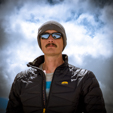 I was driving from Bend, OR to Snohomish, WA and needed a place to sleep for the night. Using Google Earth, I found what looked like a spot with great potential from Guye Peak, Snoqualmie Pass, WA. It overlooked the interstate beautifully, and more importantly I knew the stars would be vibrant and clear in the August south skies. The entire drive up from Oregon the air was thick with brown fire smoke and I lost a little hope for the night. I pulled into the PCT trail head right at sunset. I crammed some food in my mouth, threw on my prepacked backpack with 10lbs of camera gear, and hiked north on the trail.
I was driving from Bend, OR to Snohomish, WA and needed a place to sleep for the night. Using Google Earth, I found what looked like a spot with great potential from Guye Peak, Snoqualmie Pass, WA. It overlooked the interstate beautifully, and more importantly I knew the stars would be vibrant and clear in the August south skies. The entire drive up from Oregon the air was thick with brown fire smoke and I lost a little hope for the night. I pulled into the PCT trail head right at sunset. I crammed some food in my mouth, threw on my prepacked backpack with 10lbs of camera gear, and hiked north on the trail.
Now I was pretty unprepared in as far as maps go and this was my first time to the area and all I had was a memory of the 3D map google earth provided. I didn’t even consider it being difficult to navigate in the dark at the time of planning the shot from home (don’t recommend people do this by the way). I do have a lot of experience hiking and being outdoors so I felt completely safe and decided to just take whatever route went up hill. It was fading dusk and I eventually found myself charging as fast as I could up an unmaintained trail that was heading towards a mountain that looked promising. 2,000 feet gained and a couple miles later I reached the near top of (didn’t know the name of it at the time) Lundin Peak.
It was now very dark out with a lot of stars appearing in the sky. I sat down to study the view and to my delight it had incredible potential! The upper sky was mostly clear as the smoke had settled into the mountain valleys in the cooler night air and all the car/city/wildfire lights were reflecting off of it. I took a sample exposure and I knew right away exactly how I was going to shoot the scene to best match the “end product” I was envisioning for it. I threw my sleeping mat and bag on some rocks and went to bed to wait for the moon to set for a perfectly dark night sky.
The Details
Nikon D810 | 14-24mm lens at 14mm | 20 sec (sky), 4 min (foreground) | f/2.8 | ISO 4,000 (stars), 800 (foreground)
Some clarification on why the shot is so vibrant in colors: To expose the dark mountains in the foreground I took a 4 minute exposure (camera was on a tripod). I changed the settings on my camera to make it very sensitive to light thus it will pick up the faintest traces of light off in the distance over that four minute exposure period. This can make the faint glow of a city, forest fire, plane, stars, and even planets very intense! You can certainly see all this stuff with your naked eye out there, just not quite as vivid as you are sensory blind to many things that are actually going on due to the darkness. The camera is simply better at seeing it than you are. That’s why the light coming from Seattle on the (quite far away actually) seems so overpowering in the right corner. The white glow on the left is car headlights and some construction lights reflecting off fire smoke that had settled into the valley during the cooler night air. The red glows and other colors from the city in the middle are from various neon signs and stop lights. The glow behind Mt. Ranier is from the city of Portland and Vancouver while the dark yellow glow on the very right is from a wild fire.
We want to send a huge thank you to Mark for taking the time to share his work with us! Please help us show him some love by leaving a comment below.
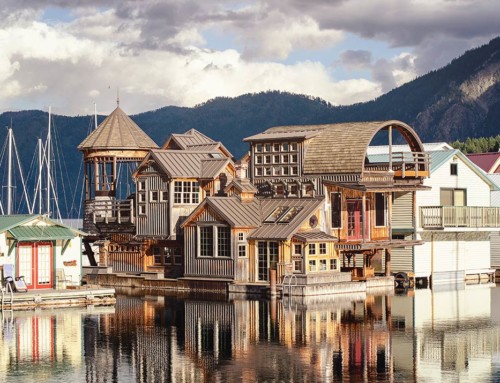
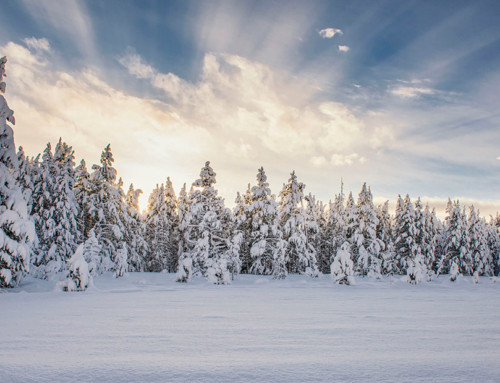


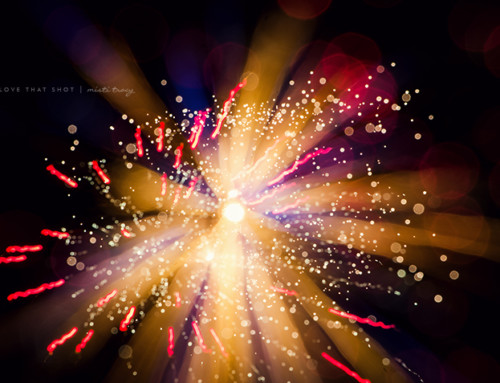
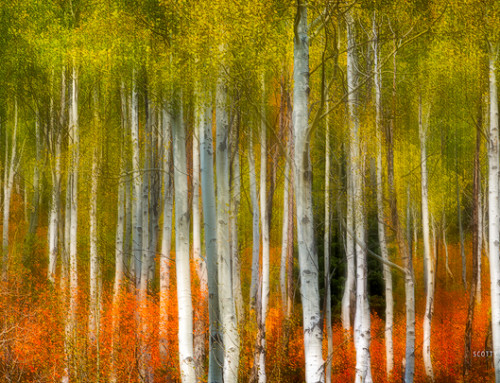
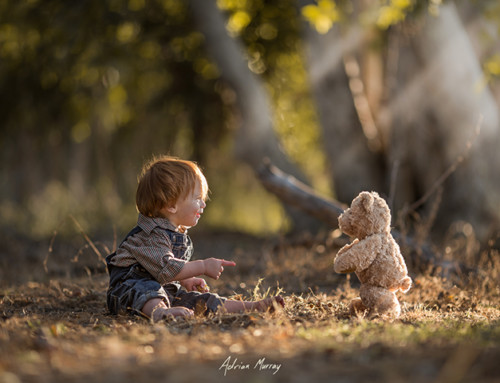
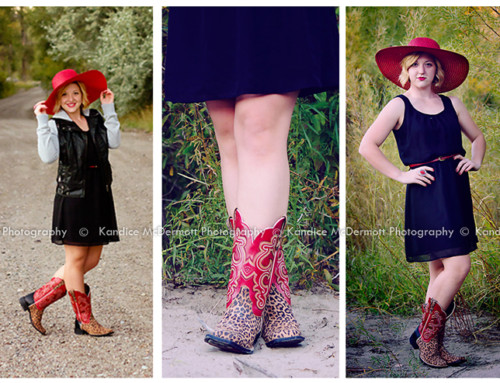
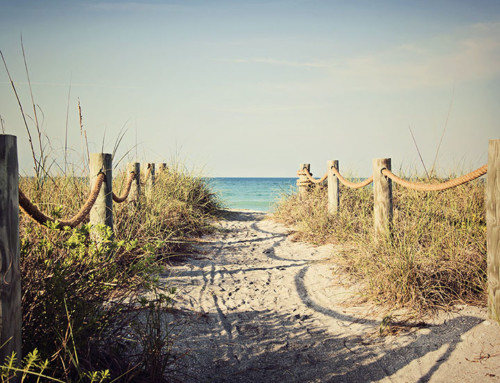
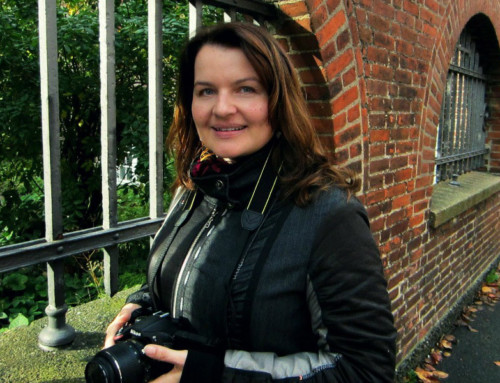
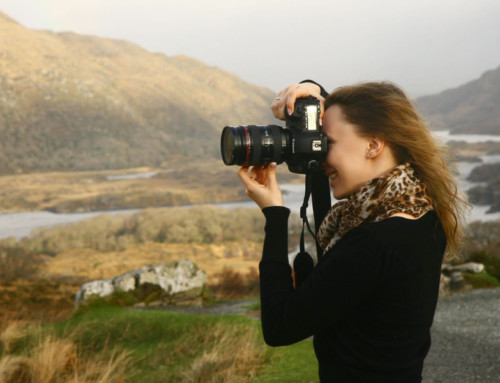
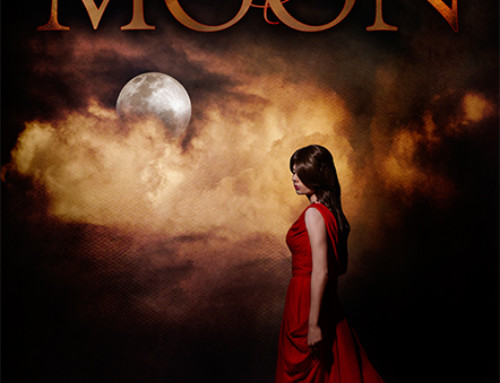

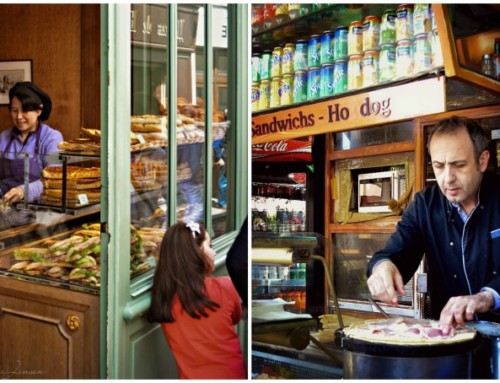
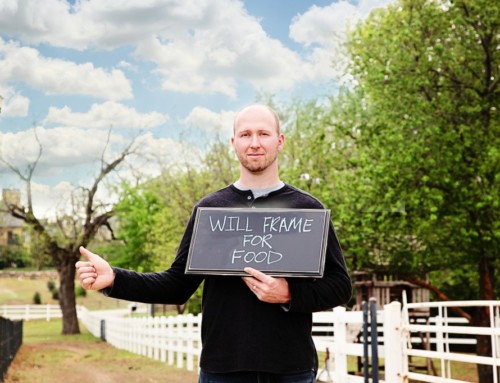
Mark…the word stunning doesn’t do this photo justice. Fantastic story and fantastic photography. Thanks for sharing both.
Mary, we agree completely!
Thank you very much for the kind words!